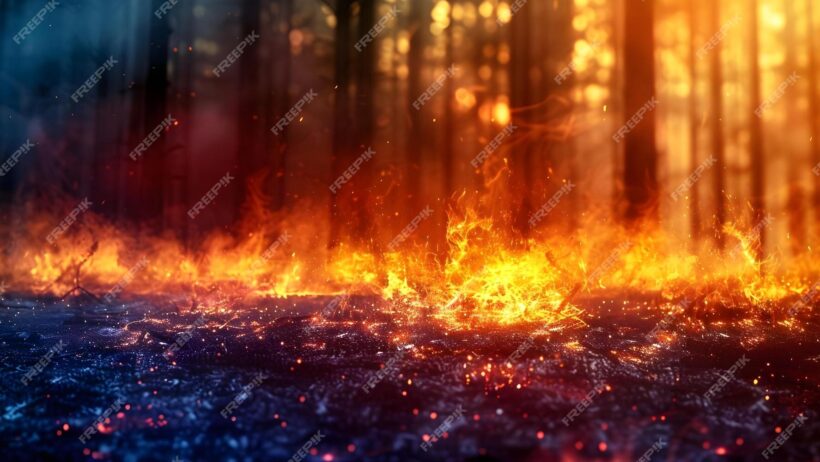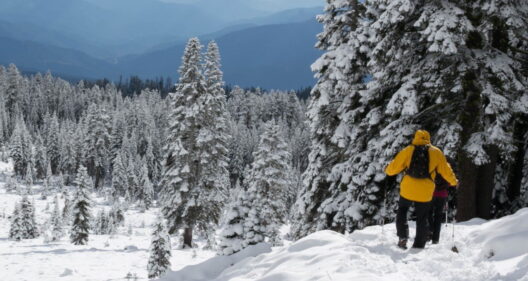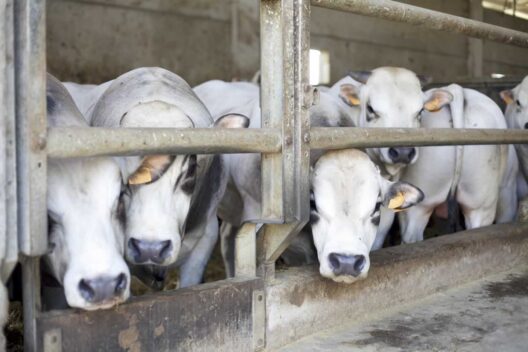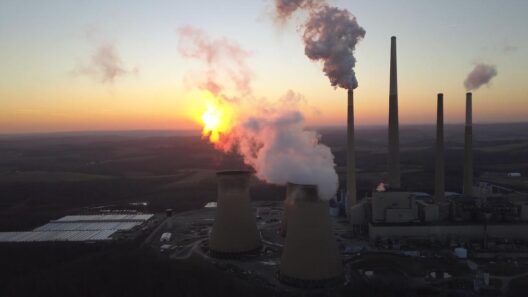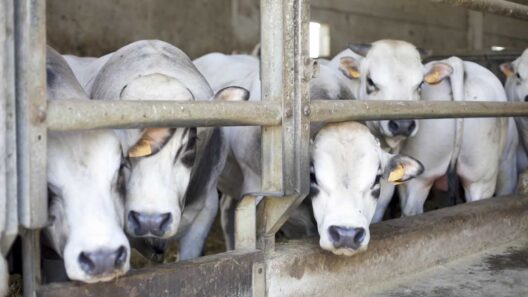Forest fires have become a harrowing symbol of the relentless advance of global warming. The images of towering flames consuming vast swathes of verdant forests are terrifying yet hauntingly beautiful. But one might ask, is there a way to extinguish the flames of climate change, or are we destined to watch our planet combust? As the globe heats up, the rise in forest fires is inextricably linked to the impacts of climate change, posing a substantial challenge for ecosystems and humanity alike.
The interplay between rising temperatures and forest fires is rooted in the science of climate change. Global warming, a byproduct of heightened greenhouse gas emissions, creates conditions conducive to the ignition and proliferation of wildfires. Higher temperatures lead to extended dry periods, increasing the likelihood of drought—one of the most significant factors governing fire behavior. The moist, damp conditions favorable to healthy forests are replaced by arid conditions, allowing both the vegetation to dry out and the potential for fires to ignite with just a single spark.
The role of human activity cannot be overlooked; deforestation and land-use changes have exacerbated the susceptibility of forests to fires. Trees play a crucial role in the carbon cycle, acting as carbon sinks. However, when they are cut down or burned, the sequestered carbon is released back into the atmosphere. In addition, landscape alterations often lead to the proliferation of invasive species that are more flammable than native flora, creating a more fire-prone environment. Therefore, it is essential to interrogate our contributions to these escalating fires. Are we unwittingly kindling the flames of our demise?
The climatic conditions leading to escalated forest fires are far from trivial. Consider the phenomenon of ‘fire weather.’ Meteorological factors, including temperature, humidity, wind patterns, and precipitation levels, significantly influence fire risk. For instance, a five-degree increase in temperature can double the risk of fires in some regions. Moreover, an alarming increase in lightning strikes, attributed to climate change, serves as a natural igniter of forest fires. This confluence of factors leads to a vicious cycle: as more fires burn, they release carbon dioxide into the atmosphere, further fueling the warming planet.
But the impact of these infernos is not just a matter for the environment; it directly affects human health and safety. Smoke from forest fires can travel thousands of miles, compromising air quality and posing health risks, especially to vulnerable populations. Notably, respiratory issues have surged in areas frequently impacted by smoke inhalation. Beyond health implications, the economic costs are staggering. Fighting these persistent blazes drains resources, disrupts livelihoods, and decimates tourism industries that rely on pristine natural environments. Furthermore, the destruction of forests undermines local economies that depend on timber resources and biodiversity.
While the need for immediate action is undeniable, one might pose the question: what tangible strategies can mitigate the threat of forest fires exacerbated by climate change? Various approaches are worthy of consideration. Firstly, forest management and restoration play a pivotal role. Practices such as controlled burns can reduce excessive fuel loads and restore ecosystems to a healthier state. Simultaneously, investing in reforestation initiatives can enhance biodiversity while recapturing atmospheric carbon. Yet, such practices require careful planning and community engagement to yield meaningful results.
Advancing technological solutions can also be part of the armor against forest fires. Remote sensing technologies, utilizing satellites and drones, can monitor fires and predict their trajectories. In addition, the adoption of artificial intelligence can optimize resource allocation for firefighting efforts. Smart infrastructure that monitors on-the-ground conditions can alert firefighters and communities before situations intensify, thus averting catastrophe. The infusion of technological innovation into management strategies poses a potential boon in keeping fires at bay. Could this be the path to saving our forests?
On an individual scale, actions can resonate collectively. Lifestyle changes, such as reducing consumption of single-use plastics and fossil fuels, contribute less rigging to the climate-changing machine. Advocacy for policy changes, such as promoting sustainable land management practices and supporting renewable energy initiatives, also plays a role. Engaging communities in the dialogue surrounding climate change fosters a culture of resilience and awareness about the steps they can take to diminish their carbon footprint.
Lastly, education remains a cornerstone in combating the rise of forest fires spurred by climate change. Raising awareness about the interconnections between global warming and wildfires cultivates a sense of urgency. Educational programs that inform individuals about their land’s unique ecology can empower communities to adopt sustainable practices. Similarly, fostering discussions on community preparedness for natural disasters can equip populations with strategies to cope with and mitigate the impact of wildfires.
In conclusion, as the flames of climate change singe our forests, it becomes glaringly evident that the complex relationship between global warming and forest fires requires multi-faceted approaches, encompassing policy reform, community engagement, and scientific advancement. The quest for a sustainable future rests not only on the shoulders of policymakers and activist organizations but on the collective actions of individuals who engage in this fight. Are we prepared to face the heat? Only time will reveal whether society can muster the resolve and resources necessary to curb the flames before they engulf us all.

